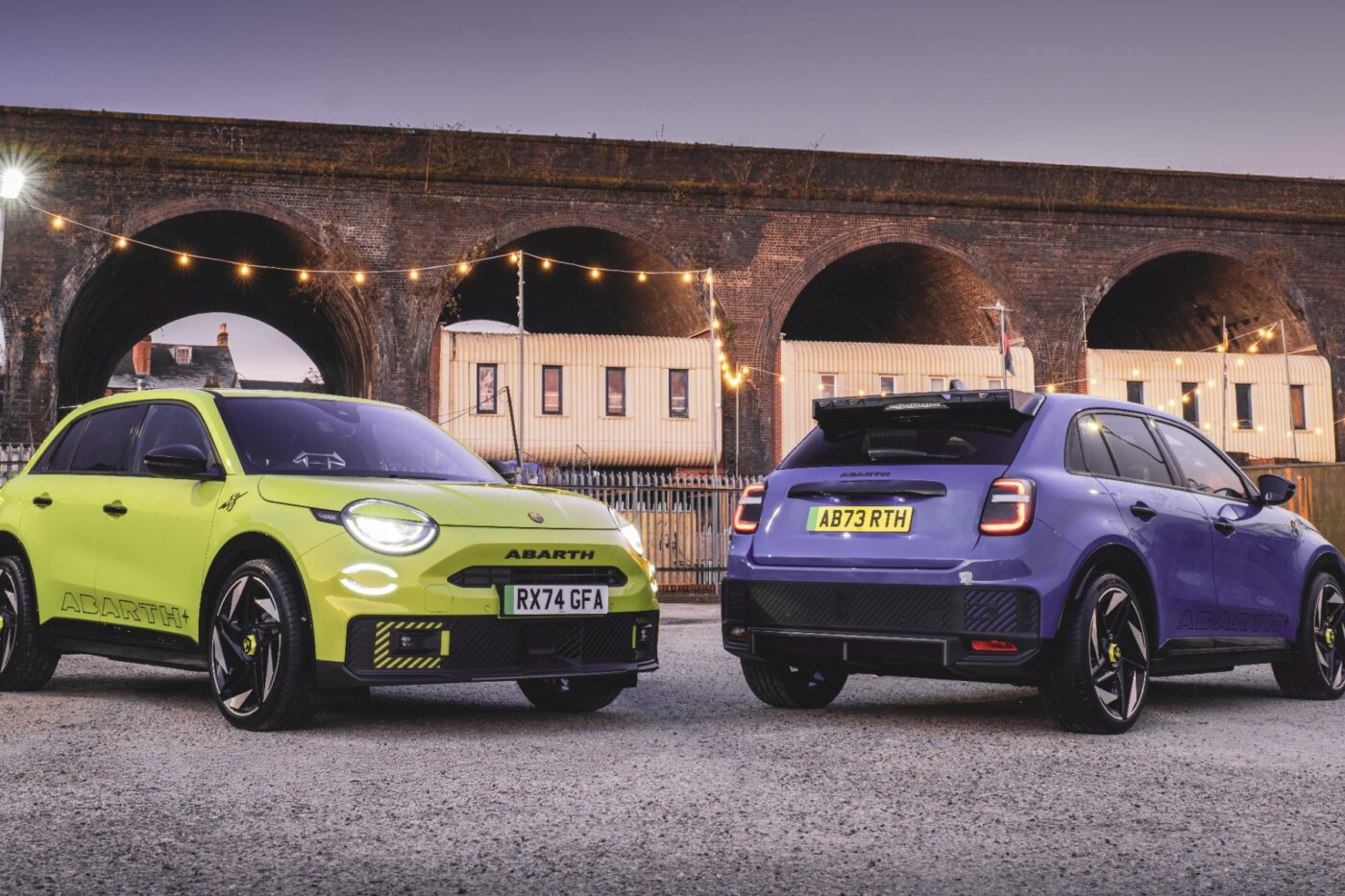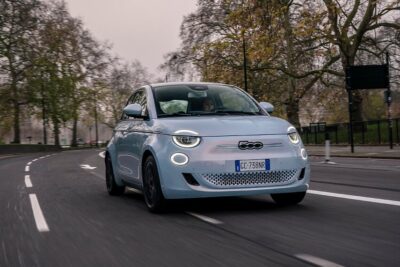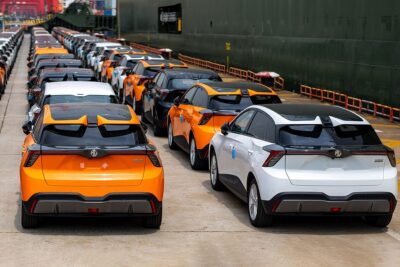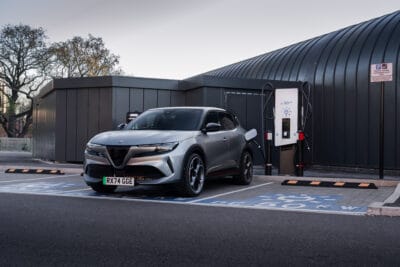Could Stellantis cars be excluded from the UK’s ECG?
The list of eligibility criteria for the UK’s Electric Car Grant (ECG) is long. On top of the car having zero tailpipe emissions, a minimum range of 100 miles and a minimum top speed of 60 mph (96 kph), the grant takes the carbon footprint of EV production and the sustainability of battery sourcing into consideration.
“The vehicle assembly emissions account for 30% of the overall environmental score given to the vehicle, reflecting the relative carbon intensity of vehicle assembly to battery production for a zero emission vehicle,” the UK government states. The remaining 70 per cent are based on where the battery cells are produced. As mentioned before, that could be a problem for cars produced in China, as the country relies heavily on coal for its energy production. Moreover, that raises concerns for Stellantis, whose EVs—including the Jeep Avenger, Fiat 600e, Alfa Romeo Junior Elettrica and Abarth 600e—are produced in Tychy, Poland.
Despite Poland’s growing importance as an EV manufacturing hub, with Europe’s largest battery plant located in Wrocław, the country remains heavily dependent on coal. Around 60 per cent of its electricity is generated from coal, placing its carbon emissions on par with China at roughly 7.5 tonnes of CO₂ per capita, according to the International Energy Agency.
While Chinese-made cars are expected to be excluded due to similar emissions concerns, industry insiders caution that Western OEMs with operations in Poland could face the same outcome. “The scheme has been intentionally designed to incentivise the greenest possible manufacturing,” a government source told The Telegraph. “There will be ways that companies[…]can work with us to ensure they are still included.”
Stellantis has applied for the grants and remains optimistic. “We are making the necessary grant applications for customers of our electric vehicles and are confident that a wide range of these, manufactured in our plants in the UK and Western Europe, will be eligible,” a company spokesperson said.
Vehicle eligibility criteria outlined
However, with final eligibility still unclear, several automakers are facing marketing challenges ahead of the scheme’s formal rollout. The government has published the criteria; however, many aspects will need to be examined further by the government, meaning that for consumers, it is still not clear which EVs qualify and which ones don’t.
At the core of the new Electric Car Grant is the requirement that manufacturers demonstrate verifiable commitments to decarbonisation. According to guidance published by the UK government, “Only manufacturers with a verified Science Based Target (SBT) will be eligible.” The SBT must be validated by the Science Based Targets Initiative (SBTi), either as a near-term or net-zero commitment.
The Department for Transport (DfT) further assesses the environmental footprint of each vehicle based on its production lifecycle. The environmental score is split as follows:
- Battery production location (70%): Based on where the battery cells are produced.
- Vehicle assembly location (30%): Based on the site where the powertrain is integrated into the vehicle chassis.
Carbon intensity is calculated using data from the International Energy Agency (IEA), considering country-specific emissions from electricity generation in 2022. The government explains: “Vehicles assembled or batteries produced in countries with a higher carbon intensity will receive a higher score,” affecting grant eligibility and banding.
Additionally, the vehicle must meet performance and compliance standards:
- Zero tailpipe emissions
- Minimum 100 miles WLTP range
- Top speed of at least 60mph (96km/h)
Warranty requirements include:
- Minimum 3 years / 60,000 miles for the vehicle (excluding battery and drivetrain)
- Minimum 8 years / 100,000 miles for battery or fuel cell and electric drivetrain
- Battery must retain at least 70% capacity over 8 years; fuel stacks must retain 90% of rated voltage for 5 years
Applicants must also offer a two-year warranty extension option for batteries or fuel cells. The warranty must cover all costs of repair or replacement—postage, labour, and parts—except where faults arise from consumer misuse or modification. All warranties must be transferable.
Further criteria can be found on the website of the UK’s Department of Transport, see link below.
Taking matters into their own hands
The ECG was announced earlier this month. The UK government has earmarked £650 million in total, providing up to £3,750 off eligible EVs under £37,000. Manufacturers have been able to apply to the scheme since 16 July.
As previously reported, as some Chinese manufacturers may not qualify, or at least not for the full amount, companies like GWM, MG, and Leapmotor have taken matters into their own hands. They are offering their own subsidies, some as high as the £3,750 promised by the UK government.
In addition to giving consumers the certainty that their EV purchase will be subsidised or discounted, these grants are also made available right away. In the case of the official ECG, manufacturers need to apply and wait for the green light before passing on any subsidies to consumers.





0 Comments